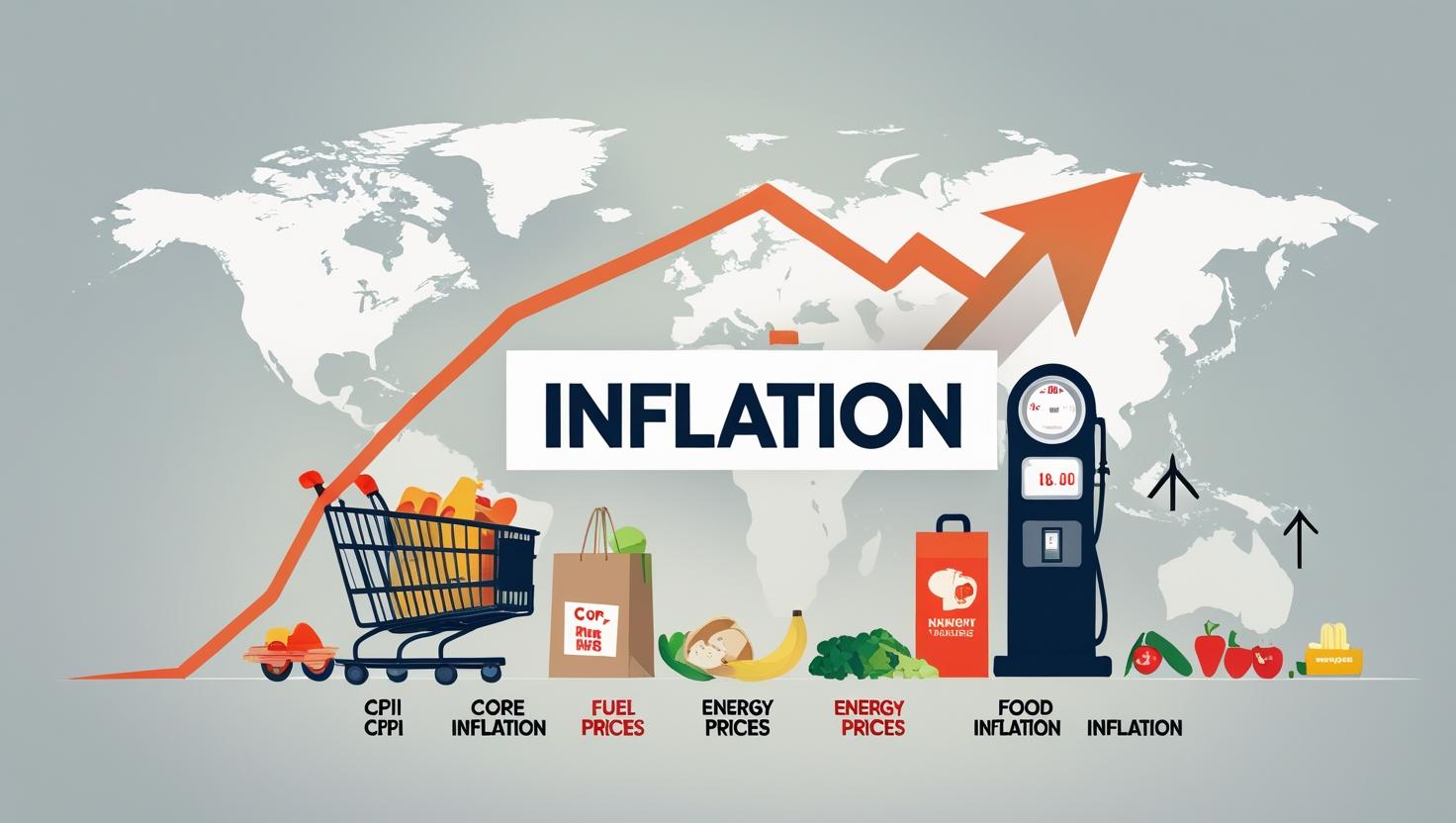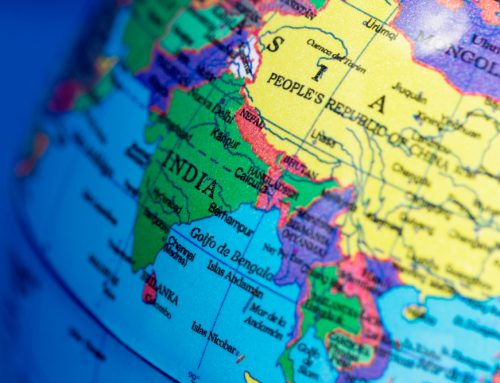Year-on-year inflation in the OECD, as measured by the Consumer Price Index (CPI), increased to 4.2% in June 2025, up from 4.0% in May (Figures 1 and 2). Headline inflation rose in 21 of the 38 OECD countries, with notable increases of 0.5 percentage points [p.p.] in Czechia, Estonia and Sweden. It declined in 7 countries and remained stable or broadly stable in 10. Türkiye continued to record the highest inflation rate at 35%, while no other OECD country reported inflation above 5%. The lowest rates were observed in Costa Rica (minus 0.2%), Switzerland (0.1%), and Finland (0.2%).
Year-on-year energy inflation in the OECD turned positive in June, after having been negative in the two preceding months. Energy inflation was just below 1% in the OECD as a whole, with 16 OECD countries still reporting declines. Food inflation held steady at 4.6%, although 21 countries recorded an increase and only 12 a decrease. In the remaining 5 OECD countries, food inflation showed little change. Core inflation (inflation less food and energy) was broadly stable at 4.5% (Figure 2).
In the G7, year-on-year inflation rose to 2.6% in June, up from 2.4% in May, amid a slower decline in energy prices. The largest increases in headline inflation (0.3 p.p.) were recorded in France and the United States. In France, services inflation picked up, while in the United States food inflation rose. Headline inflation also rose slightly in Canada by 0.2 p.p. Conversely, it declined in Japan, where falling energy inflation outweighed rising food inflation. Headline inflation was broadly stable in the other G7 countries. Core inflation continued to be the main contributor to headline inflation across the G7, except in Japan, where food and energy inflation combined had a larger impact (Figure 3).
In the euro area, year-on-year inflation as measured by the Harmonised Index of Consumer Prices (HICP) remained broadly stable, at 2.0% in June, up from 1.9% in May. In July 2025, according to Eurostat’s flash estimate, year-on-year headline inflation in the euro area remained stable, with core inflation remaining unchanged and energy inflation broadly stable. Year-on-year services inflation in the euro area is estimated to have slowed to 3.1% in July, from 3.3 % in June.
In the G20, year-on-year inflation remained stable, at 3.9% in June. Headline inflation increased in China, despite remaining close to zero. Headline inflation also increased in Indonesia and South Africa, while it fell in India and was broadly stable in Brazil and Saudi Arabia. In Argentina, inflation continued to decline, reaching 39.4% (Table 2).
Source: OECD
Legal Notice: The information in this article is intended for information purposes only. It is not intended for professional information purposes specific to a person or an institution. Every institution has different requirements because of its own circumstances even though they bear a resemblance to each other. Consequently, it is your interest to consult on an expert before taking a decision based on information stated in this article and putting into practice. Neither Karen Audit nor related person or institutions are not responsible for any damages or losses that might occur in consequence of the use of the information in this article by private or formal, real or legal person and institutions.






